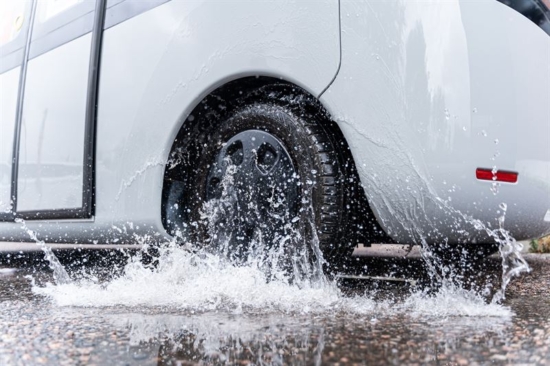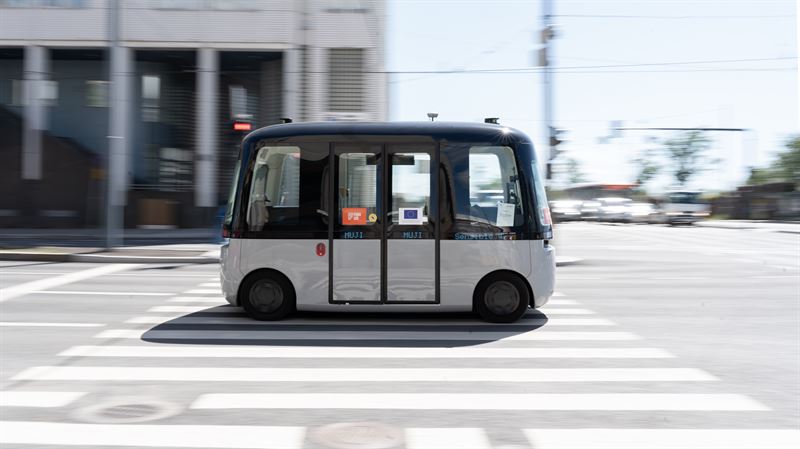Autonomous vehicles with smart tyres means safer driving – Nokian

Autonomous vehicles have arrived on our roads and the growth of self-driving cars and smart tyres will also improve road safety, believes Nokian Tyres. Says Mika Penttilä, Head of Digital Technology for Nokian Tyres: “In the future, tyres designed for autonomous vehicles will require smart characteristics in addition to traditional ones such as wet grip. The sensor technology in tyres will provide us with even more information on driving conditions and their changes.”
He went on: “We will be seeing even more driver-assist features, especially in premium tyres, within a few years. The popularisation of smart tyres and autonomous driving is also likely to reduce traffic accidents.”
Technology offers unique measurement data
Sensors attached to tyres can be used to acquire information on tyre pressure, temperature, and wear. This information is useful to passenger car drivers, but for autonomous driving, it is a basic enabler
“Tyre sensors provide information on the driving conditions that has traditionally not been available. In the absence of a human observer in the vehicle, everything has to be based on measurement data,” Penttilä explains.
In addition to measuring pressure, temperature, and wear, one of the early features will be related to measuring the vehicle load. This is especially important for autonomous vehicles, as it allows for automatically ensuring that a self-driving bus is not overcrowded, for example.
As well as safety factors, smart tyres also have an environmental aspect. Fuel consumption will be optimised when the vehicle knows the ideal tyre pressure for each situation, and pressure can be adjusted automatically.
“Data on tyre condition also allows for optimising their lifecycle,” Penttilä adds.
Pilot projects for self-driving buses
We are witnessing the early stage of the introduction of smart tyres and autonomous vehicles. Nokian Heavy Tyres started the sales and delivery of smart tyres last autumn. They are based on the Intuitu concept that links tyres for agriculture and contracting to a mobile app in its first stage.
Meanwhile, the GACHA self-driving bus pilot project has been used to gather experience on autonomous driving. The GACHA self-driving bus, built and automated by Sensible 4 from Finland and designed by Muji from Japan, ran in Pasila, Finland for 300 hours last summer, carrying a total of 190 passengers.
Harri Santamala, CEO of Sensible 4, says: “Despite the challenging situation in the world, customers in Pasila were able to enjoy the ride in GACHA and we received praise for its smoothness. We are currently planning new pilot projects for the United Arab Emirates and Japan.
“During the pilot in Pasila, GACHA ran on Nokian Tyres’ Hakka summer tyres; they played their part in ensuring a smooth, comfortable and, above all, safe ride. The wet grip properties of the Nokian Hakka Blue 2 SUV summer tyres kept GACHA going even in hard summer rain.
“The software in an autonomous vehicle is programmed for specific conditions and based on a specific level of friction. The defined minimum friction level must be met in all conditions.”
Santamala believes that autonomous vehicles will be mainstream by 2035, saying: “Smart traffic is no longer a wild vision of the future; we are seeing more concrete examples every day. Sensible 4 is continuously developing and testing its software for wider use. At the moment, a one-year self-driving pilot is under way that serves customers in the Oslo region in Norway.”




Comments